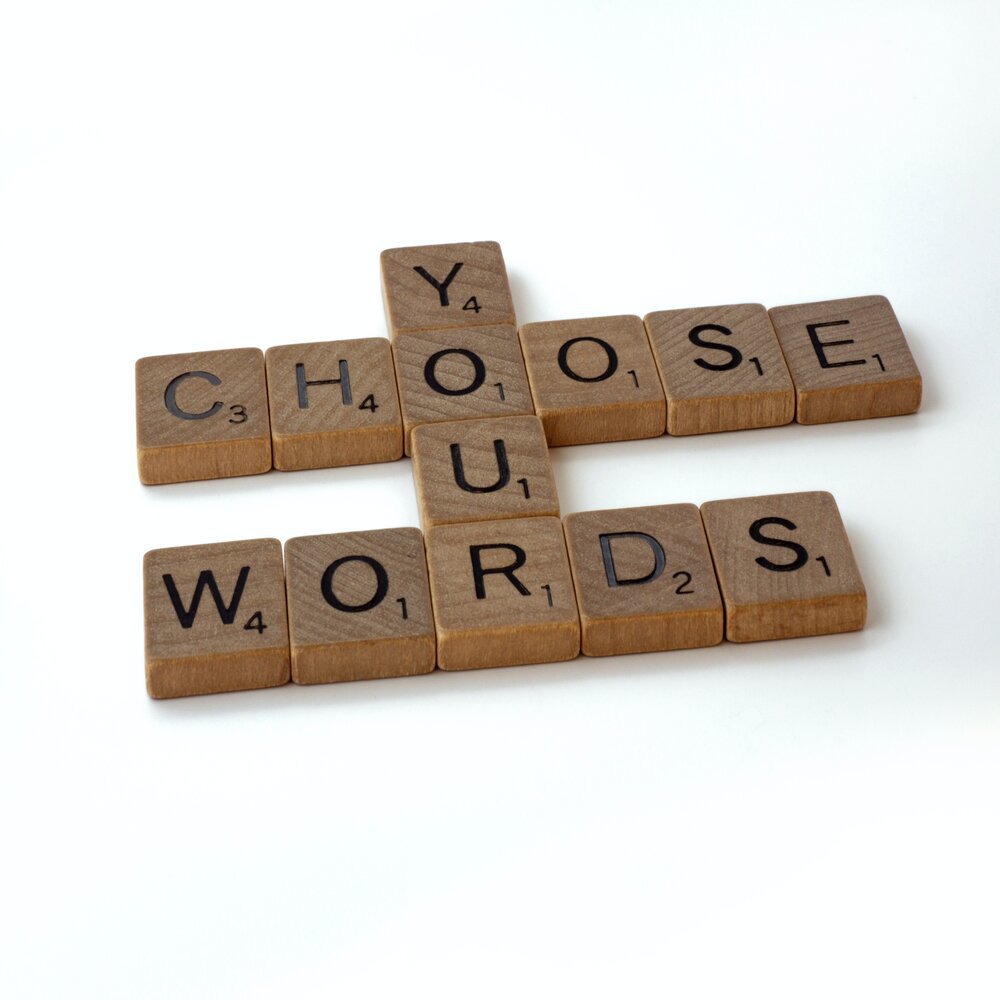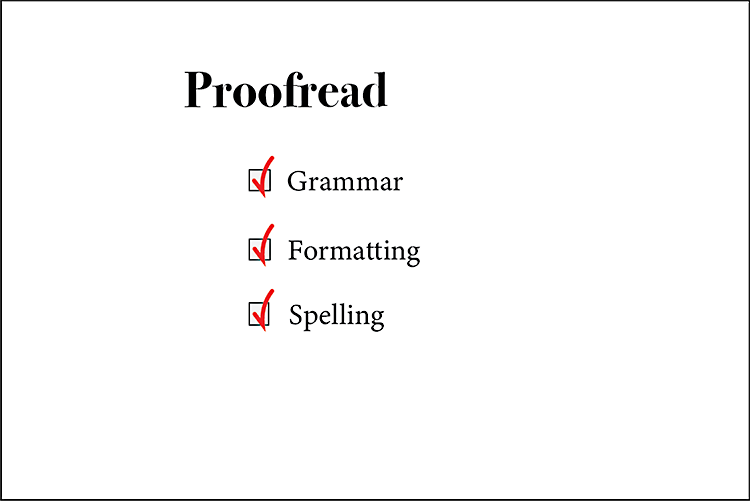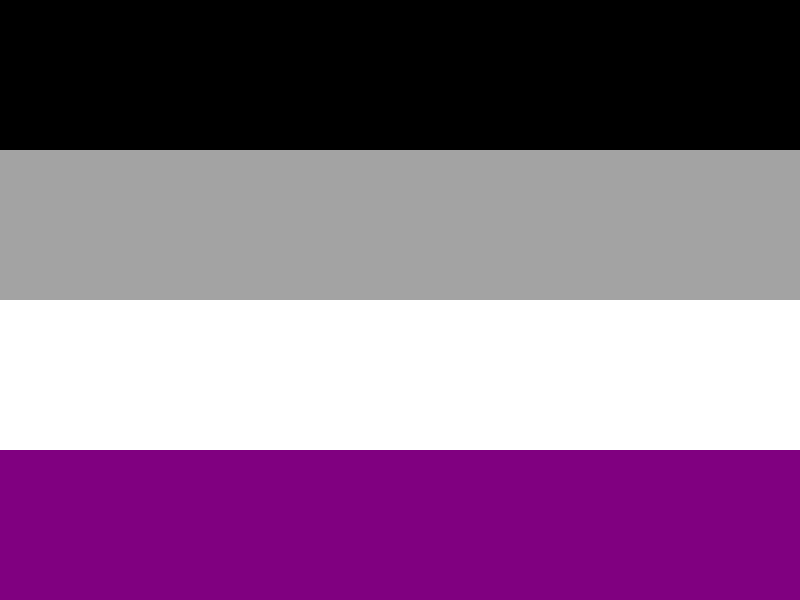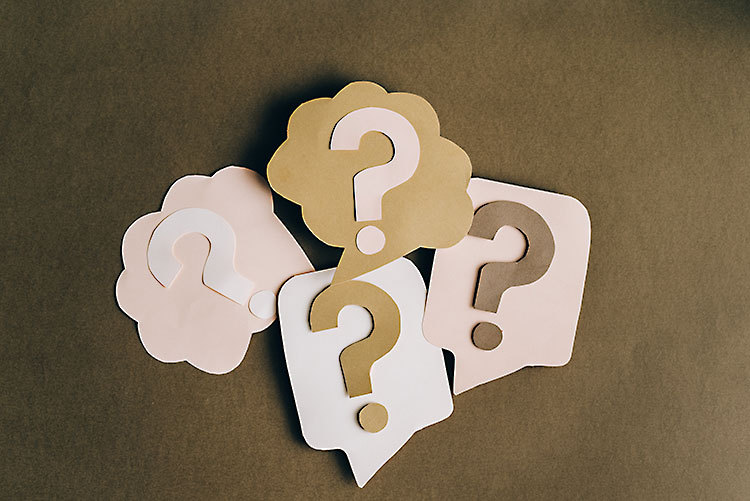Keeping it in Style: Considering Cultural Style Guides
While style guides can be considered living documents, edited over time to more accurately reflect the current zeitgeist, there is something relieving about having guidelines written by and specifically for one’s group of origin rather than originally for an exclusive audience.




